 Sublimation printing, a remarkable process that transforms ordinary materials into vibrant works of art, has revolutionized the world of custom apparel, home decor, and promotional products. But how does sublimation printing work its magic? In this article, we’ll delve deep into the world of sublimation, exploring its intricacies, pros and cons, and the types of designs that truly shine through this technique.
Sublimation printing, a remarkable process that transforms ordinary materials into vibrant works of art, has revolutionized the world of custom apparel, home decor, and promotional products. But how does sublimation printing work its magic? In this article, we’ll delve deep into the world of sublimation, exploring its intricacies, pros and cons, and the types of designs that truly shine through this technique.
-
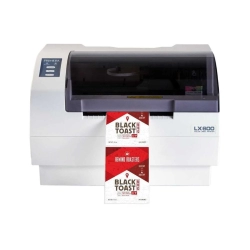 Primera LX600 Color Label Printer SKU: LX600$1,995.00
Primera LX600 Color Label Printer SKU: LX600$1,995.00
FREE SHIPPING over $199*
Orders before 12PM EST usually Ship Same Business Day -
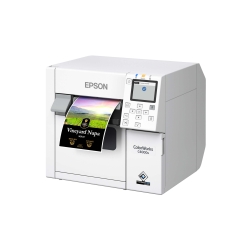 Epson C4000 / CW-C4000 ColorWorks Inkjet Label Printer (Gloss) SKU: C31CK03A9991$2,419.00
Epson C4000 / CW-C4000 ColorWorks Inkjet Label Printer (Gloss) SKU: C31CK03A9991$2,419.00
FREE SHIPPING over $199*
Orders before 12PM EST usually Ship Same Business Day -
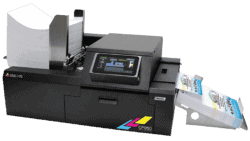 Afinia CP950 Envelope Packaging and Box Color Label Printer SKU: 35256$19,995.00
Afinia CP950 Envelope Packaging and Box Color Label Printer SKU: 35256$19,995.00
FREE SHIPPING over $199*
Orders before 12PM EST usually Ship Same Business Day
Unveiling the Sublimation Process
Let’s kick things off with a fundamental question: What is sublimation printing?
What is Sublimation Printing?
Sublimation printing is a unique and innovative method of transferring full-color graphics and designs onto a wide range of substrates, such as polyester fabrics, ceramics, metals, and more. A solid dye is transformed into a gas by sublimation, which allows it to permeate the material, making it permanent, unlike traditional printing, which uses ink on the surface. This results in incredibly vivid, high-resolution prints that are durable and long-lasting.
How Does Sublimation Printing Work?
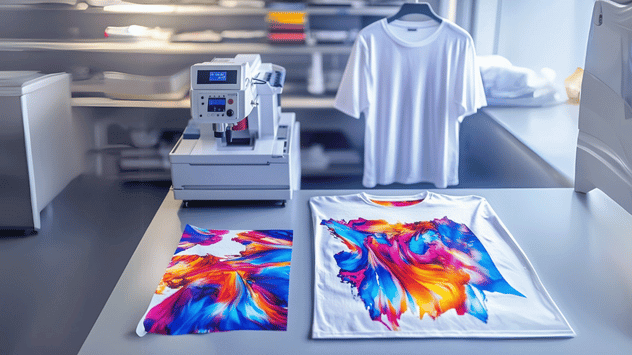
This printing technique essentially uses the principle of sublimation, in which a solid transforms directly into a gas without passing through any liquid phase. Sublimation inks, which are heated to activate the solid dyes and cause them to sublimate, are used in sublimation printing.
When it comes to sublimation printing, a few key steps are involved:
- Design Preparation: An electronic design is created on the computer first. High-resolution images, vibrant colors, and intricate details can be included in this design. It’s important to note that sublimation works best with designs that have a white or light-colored background, as the color of the substrate plays a significant role in the final output.
- Printing: Sublimation ink is used to print the design on sublimation paper after it has been prepared. The printer used for this purpose is known as a sublimation printer. These printers are equipped with a unique printhead that can precisely control the placement of the sublimation ink.
- Transfer: Now comes the magic part. On top of the substrate, usually polyester or polyester-coated, the sublimation paper is placed with the printed design. For the transfer process to be successful, they must be taped together with heat-resistant tape to ensure that the items don’t move during the process.
- Heat Press: Sublimation paper is pressed onto the substrate using a heat press machine. This machine applies heat and pressure simultaneously, causing the solid sublimation ink to sublimate. As it transforms into a gas, it infuses into the polyester fibers or coating of the substrate, creating a permanent bond.
- Cooling: The substrate has to be allowed to cool after the heat press cycle has been completed. This cooling process is crucial as it helps in setting the ink and ensuring that the colors remain vibrant and durable.
- Finished Product: Once the substrate has cooled down, the sublimation paper is carefully removed, revealing the vibrant, high-quality print. Unlike traditional prints, which sit on the surface, the design is integrated into the material.
Now that we’ve uncovered the mechanics of sublimation printing, let’s dive deeper into the advantages and disadvantages of this fascinating technique.
Pros and Cons of Sublimation Printing
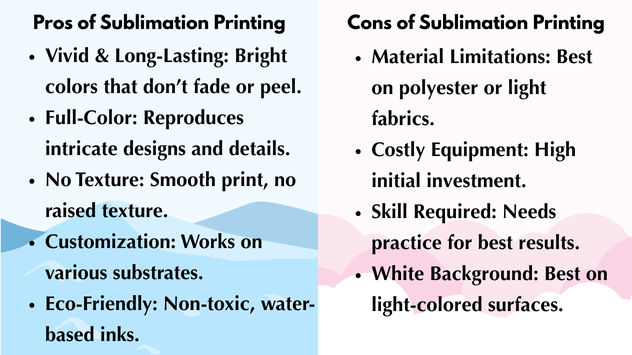
Sublimation printing has gained immense popularity for a reason—it offers a plethora of benefits. However, like any other printing method, it has its drawbacks too. Let’s weigh the pros and cons.
Pros of Sublimation Printing
- Vivid and Long-Lasting Prints: Sublimation prints are known for their striking colors and exceptional durability. It prevents the ink from fading, cracking, or peeling because it becomes a part of the substrate.
- Full-Color Printing: Due to sublimation’s ability to reproduce countless colors, gradients, and details, it is possible to create intricate and photorealistic designs.
- No Texture: Unlike screen printing or heat transfer vinyl, sublimation printing leaves no noticeable texture on the material. The print feels smooth to the touch, enhancing comfort when used in apparel.
- Customization: There are tons of substrates that can be sublimated, from apparel and accessories to promotional products and home decor.
- Eco-Friendly: Environmentally friendly inks, such as those used in sublimation printing, are water-based and non-toxic.
-
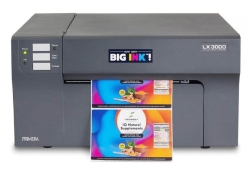 Primera LX3000 Color Label Printer with Big Ink, Pigment Ink SKU: LX3000-pigment$3,195.00
Primera LX3000 Color Label Printer with Big Ink, Pigment Ink SKU: LX3000-pigment$3,195.00
FREE SHIPPING over $199*
Orders before 12PM EST usually Ship Same Business Day -
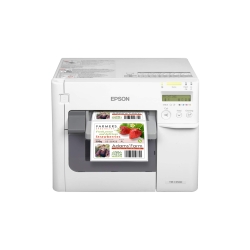 Epson ColorWorks C3500 Inkjet Color Label Printer SKU: C31CD54011 GTIN: 814420980046$2,419.00
Epson ColorWorks C3500 Inkjet Color Label Printer SKU: C31CD54011 GTIN: 814420980046$2,419.00
FREE SHIPPING over $199*
Orders before 12PM EST usually Ship Same Business Day -
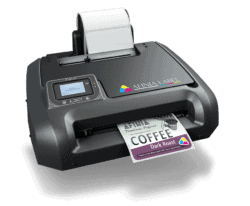 Afinia L301 Small Business Color Label Printer SKU: 26849 GTIN: 678621130057$1,249.00
Afinia L301 Small Business Color Label Printer SKU: 26849 GTIN: 678621130057$1,249.00
FREE SHIPPING over $199*
Orders before 12PM EST usually Ship Same Business Day
Cons of Sublimation Printing
- Material that is polyester-coated or polyester-based is most conducive to sublimation. Materials with a dark background or natural fibers may not be suitable for this method.
- Cost of Equipment: Investing in sublimation equipment, including printers and heat presses, can be expensive for small businesses or individuals.
- Skill Required: Achieving the best results with sublimation printing requires knowledge and practice, especially in terms of color management and heat press operation.
- White Background Needed: Designs with a white or light-colored background work best with sublimation. Dark or colored backgrounds may affect the vibrancy of the print.
Now that we’ve explored the pros and cons, it’s essential to consider which types of designs are best suited for sublimation printing and which may not yield optimal results.
Designs That Work Well With Sublimation Printing
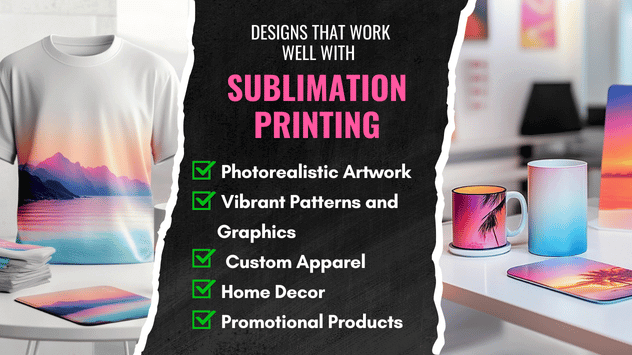
A wide range of designs can be printed using sublimation, but the following truly stand out when this method is used:
1. Photorealistic Artwork:
Images and photographs with intricate details can be reproduced using sublimation. Whether it’s a family portrait on a custom blanket or a landscape photograph on a ceramic tile, sublimation brings out the photorealism beautifully.
2. Vibrant Patterns and Graphics:
Bold and colorful patterns, such as floral designs, geometric shapes, and abstract art, come to life through sublimation. The technique ensures that every hue and shade is accurately represented.
3. Custom Apparel:
From personalized T-shirts and leggings to sports jerseys and activewear, sublimation allows for full-color customization. It’s perfect for sports teams, school spirit wear, and branded merchandise.
4. Home Decor:
Sublimation transforms home decor items like throw pillows, curtains, and wall art into vibrant statement pieces. Despite being washed multiple times, the colors remain vibrant.
5. Promotional Products:
Businesses often use sublimation for promotional products like branded mugs, mousepads, and phone cases. The high-quality prints leave a lasting impression.
Now, let’s explore the flip side and consider which types of designs may not be the best match for sublimation printing.
Designs That Don’t Work With Sublimation Printing
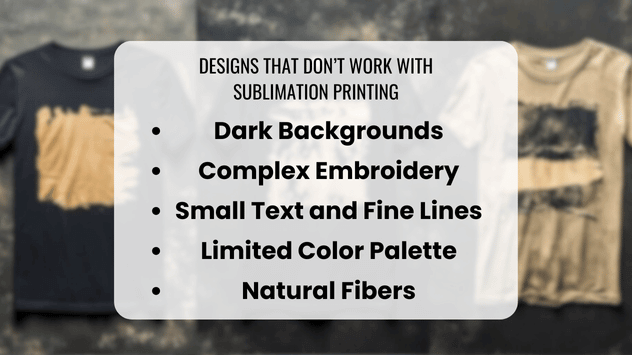
While sublimation is incredibly versatile, there are certain design elements that may not yield the best results:
1. Dark Backgrounds:
Sublimation inks are translucent, which means they rely on the color of the substrate to create the final appearance. Dark backgrounds can interfere with the vibrancy of the print, making it less vivid.
2. Complex Embroidery:
Sublimation is not a suitable method for replicating intricate embroidery designs. The process excels with full-color, high-resolution graphics rather than textured or raised elements.
3. Small Text and Fine Lines:
Sublimation printing may not be the best choice for designs that feature tiny text or ultra-fine lines. While it can capture detail, extremely fine elements may not be as sharp as desired.
4. Limited Color Palette:
While sublimation offers a broad color spectrum, it may not be suitable for designs that rely on metallic or neon colors that are challenging to reproduce using standard sublimation inks.
-
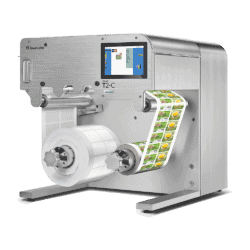 TrojanLabel T2-C Tabletop Volume Press Label Printer SKU: 10000155$33,995.00
TrojanLabel T2-C Tabletop Volume Press Label Printer SKU: 10000155$33,995.00
FREE SHIPPING over $199*
Orders before 12PM EST usually Ship Same Business Day -
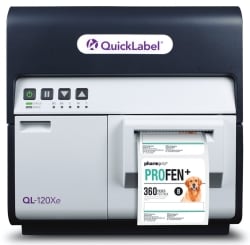 Quick Label QL-120Xe Inkjet Color Label Printer with 1 Year Warranty SKU: 42725300$5,995.00
Quick Label QL-120Xe Inkjet Color Label Printer with 1 Year Warranty SKU: 42725300$5,995.00
FREE SHIPPING over $199*
Orders before 12PM EST usually Ship Same Business Day -
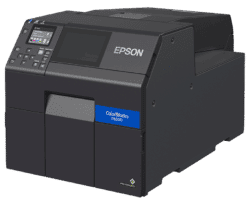 Epson ColorWorks CW-C6000A Matte Color Inkjet Label Printer with Auto Cutter SKU: C31CH76A9981$2,969.00
Epson ColorWorks CW-C6000A Matte Color Inkjet Label Printer with Auto Cutter SKU: C31CH76A9981$2,969.00
FREE SHIPPING over $199*
Orders before 12PM EST usually Ship Same Business Day
5. Natural Fibers:
The best materials for sublimation are polyester and polyester-coated fabrics. It is not an effective method for printing on natural fibers like cotton, as the ink will not bond effectively.
Ultimately, sublimation printing is a fascinating process that relies on the science of sublimation to create stunning, permanent, and full-color prints. It offers numerous advantages, including vibrant colors and durability, while also having some limitations, such as substrate restrictions and the need for white backgrounds. By understanding the nuances of sublimation, you can make informed decisions about which designs will truly shine through this versatile printing method.
Whether you’re looking to personalize apparel, decorate your home, or create eye-catching promotional items, sublimation printing has the potential to turn your creative vision into a colorful reality. So, the next time you marvel at a vibrant custom mug or wear a personalized sublimated T-shirt, you’ll have a deeper appreciation for the art and science behind it.
Sublimation printing is a testament to human ingenuity and creativity, combining technology and artistry to produce works that brighten our lives, one colorful print at a time. For all your printing needs and printer purchases, TCS Digital Solutions is your go-to destination. We offer comprehensive printing solutions and a wide range of top-quality printers. For top-notch products and expert guidance, contact us today. With our expertise in printing, you can rely on us!
Related Articles



